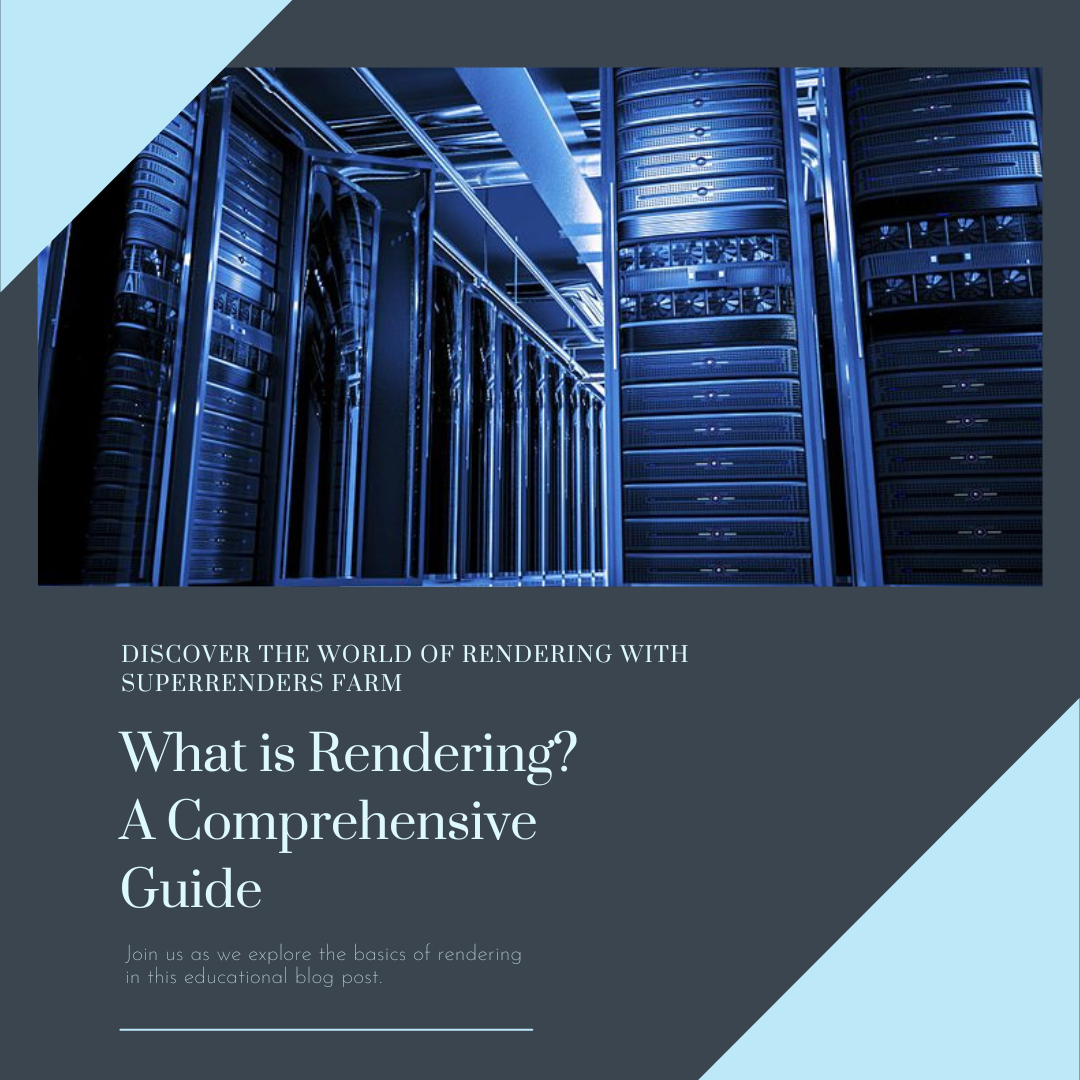In today’s digital age, rendering plays a pivotal role in how we experience visual content. Whether you’re watching a blockbuster movie, playing a video game, or designing a new building, rendering is at the heart of the process. But what exactly is rendering, and why is it so important? In this blog post, we’ll dive into the world of rendering, exploring what it is, how it works, and why it matters.
What exactly is a rendering?
Rendering is a term that refers to the process of creating an image from a computer model of a design. It can be used for various purposes, such as visualizing a design idea, presenting a project to clients, testing different scenarios, or creating realistic animations. Rendering can also be applied to different fields, such as architecture, interior design, video games, movies, and more.
A render farm is a network of powerful computers or servers designed specifically for handling complex rendering tasks in visual creation. These farms work together to distribute the workload, significantly reducing the time required for rendering.
Why do you need a render farm and how does it work?
Rendering complex 3D scenes with intricate lighting, textures, and effects can be time-consuming, ranging from a few seconds to several hours or even days, depending on the complexity of the scene and the available hardware. This is where render farms shine. By leveraging the concept of distributed computing, render farms divide the rendering tasks among multiple machines to collaborate, allowing them to work simultaneously and speed up the process, increasing productivity for artists and studios.
One of the significant advantages of render farms is their scalability. Studios can scale up their rendering capacity by adding more machines to the farm when faced with large and complex projects or tight deadlines. This flexibility allows them to handle demanding rendering workloads efficiently. With the emergence of cloud computing, render farms have migrated to the cloud, resulting in unparalleled scalability, flexibility, and efficiency being unleashed.
This is where a render farm comes to the rescue!
One of the most significant features of cloud-based render farms is the ability to scale resources on-demand. Cloud-based solutions can complete rendering tasks in a fraction of the time, enabling faster turnaround and accelerated production cycles. Imagine trying to render a large and intricate animation using just one computer. The process would be slow, and the resources required would be overwhelming. Cloud-based render farms have transformed our workflow. We no longer have to invest in expensive hardware and worry about maintenance.
In today’s fast-paced world, cloud-based render farms have become the go-to solution for professionals across industries. With their abundant resources, cost-effectiveness, quick turnaround time, and user-friendly interfaces, they empower artists and creators to bring their visions to life in record time.
